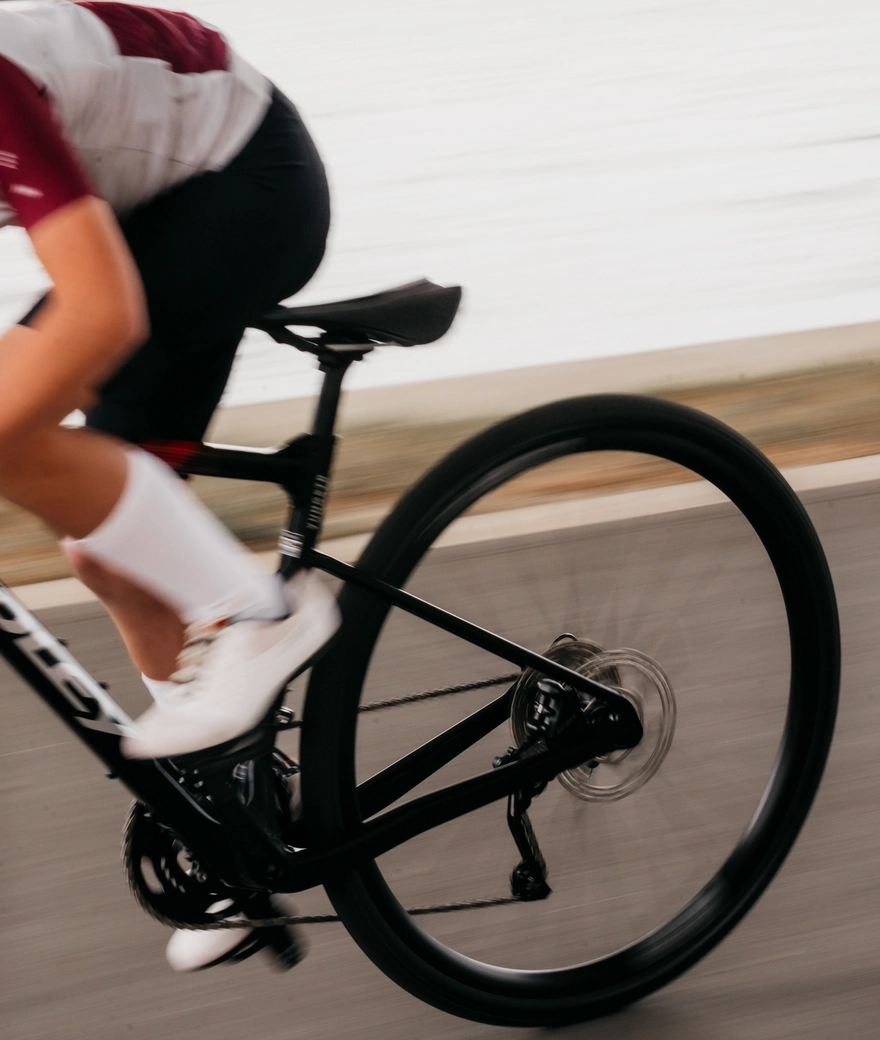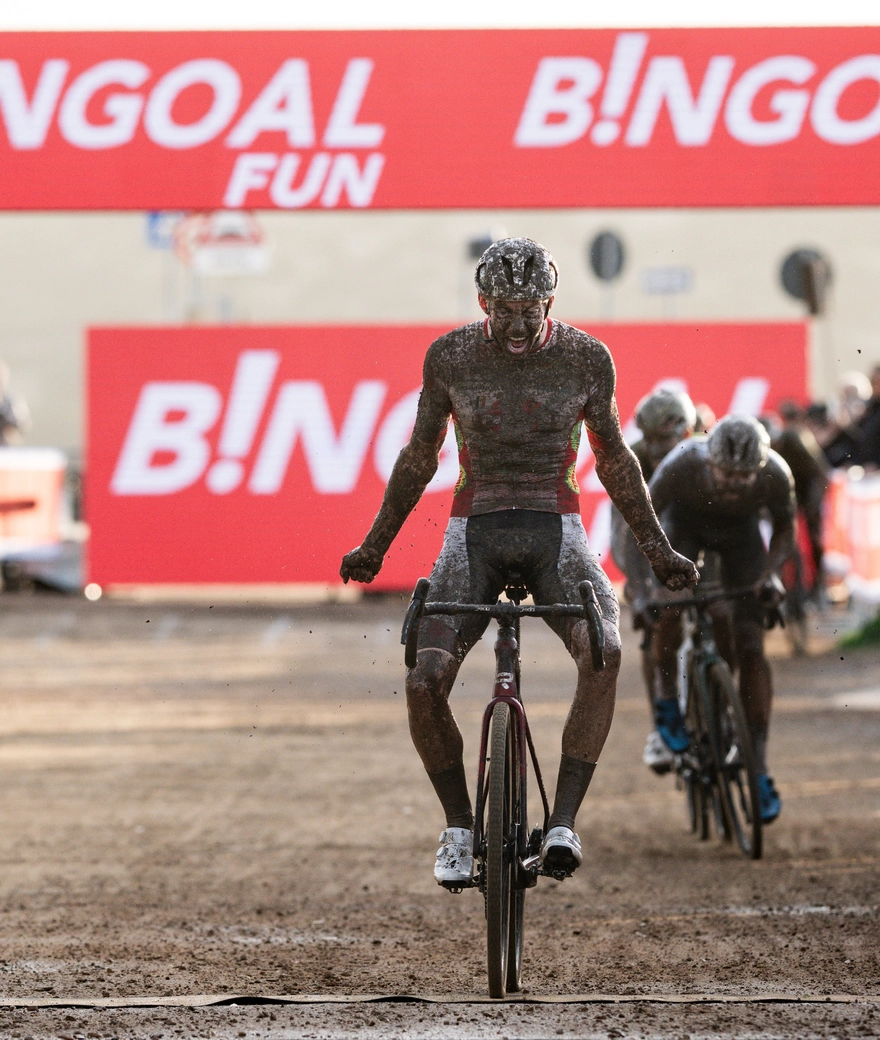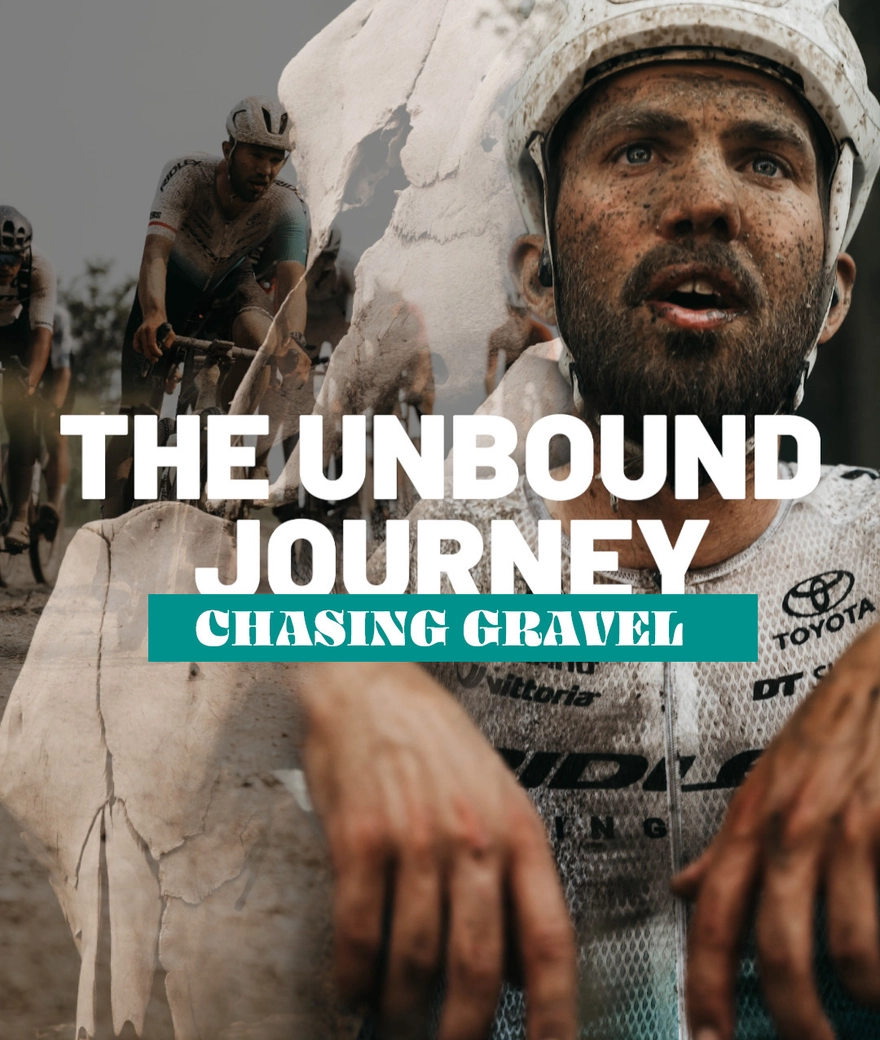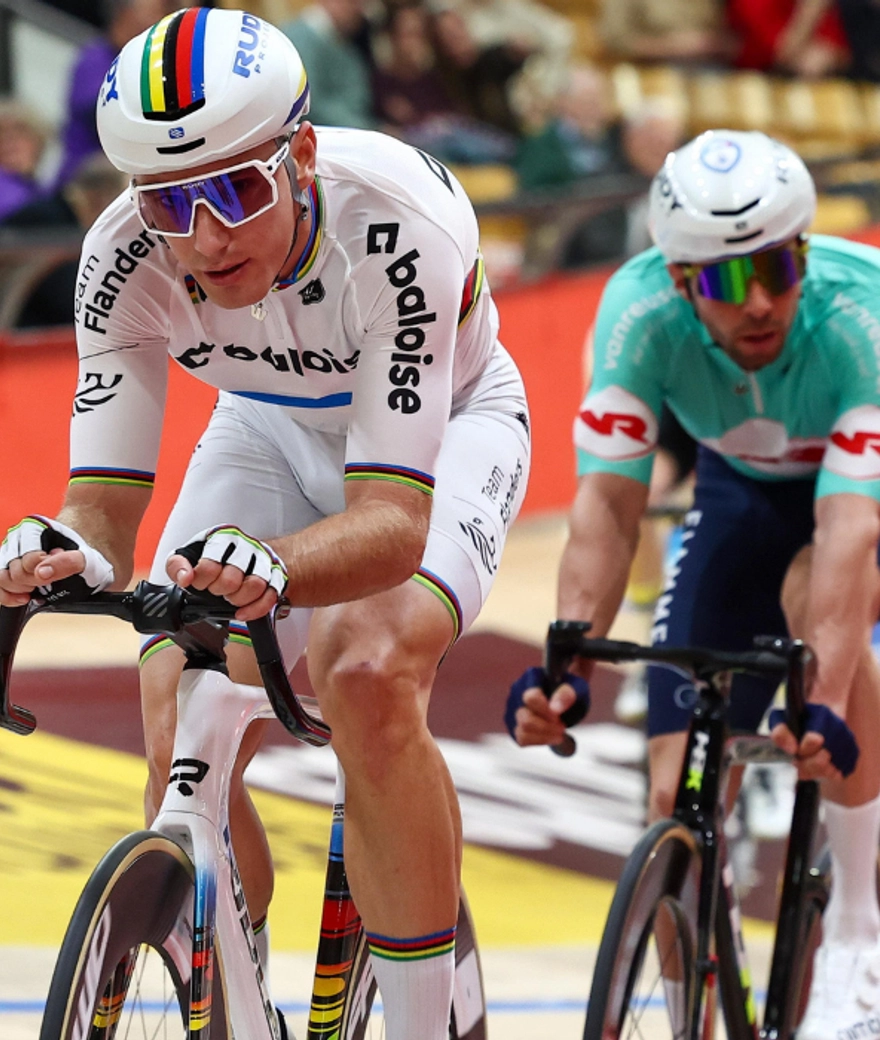Development Process
All these elements needed to be thoroughly studied during the development of the new Noah Fast. To achieve this, our engineers returned to the drawing board. They started with a blank sheet of paper and began completely from scratch. Naturally, this process was approached with great care and deliberation. The ideas and accompanying simulations originated from the engineers, while they collaborated with the design studio Voyager for the design. Let us guide you through the various steps of this development process.
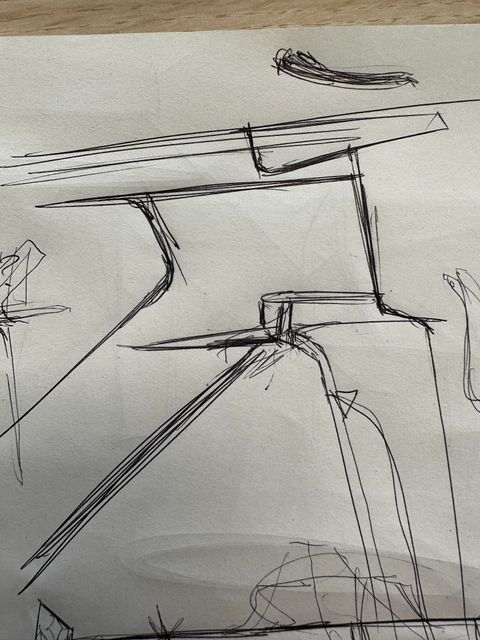
1. Input and Research
To determine what bike we needed to create, we first wanted to understand what kind of bike our customers desired. In road cycling, the answer is usually very simple: the fastest bike. Given that at current speeds in professional cycling, weight takes a backseat to aerodynamics, we decided to develop a pure aero bike. Through brainstorming sessions, a mood board, and several initial sketches, we arrived at our first concept.

2. Research and Frame Design
We drew inspiration from our previous bikes to create an initial concept for the frame. Numerous simulations were conducted, each emphasizing slightly different aspects of the frame: a narrow fork, a wider downtube, a pointed nose, and so on. Analysis of these simulations revealed that a wider downtube around the water bottle was the fastest option when combined with asymmetrical profiles for aerodynamic efficiency in crosswinds and the deep head tube. This formed the basis of the Noah Fast frame concept.
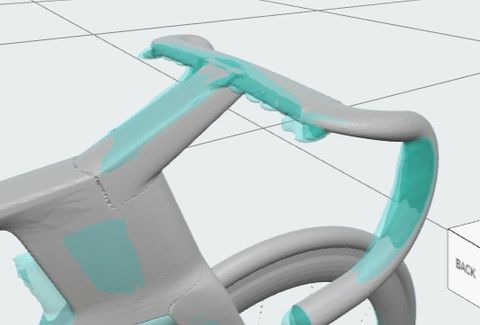
3. Research and Handlebar Design
Almost simultaneously with the frame, we also researched the handlebar. This is a very important component of the Noah Fast. We tested dozens of different models before arriving at the Nimbus Aero. This was a purely aerodynamic choice. By integrating the cockpit into the top tube, the space behind the stem is filled, eliminating the low-pressure zone that would otherwise form behind the stem—an improvement not to be underestimated.

4. First 3D Print
The next step was the actual development of the frame and handlebar. The 'winning features' from our simulations were combined to create a 3D print. This served as the foundation for further development of the bike. Minor imperfections were addressed, and components were optimized. The third generation of the Noah Fast was born!
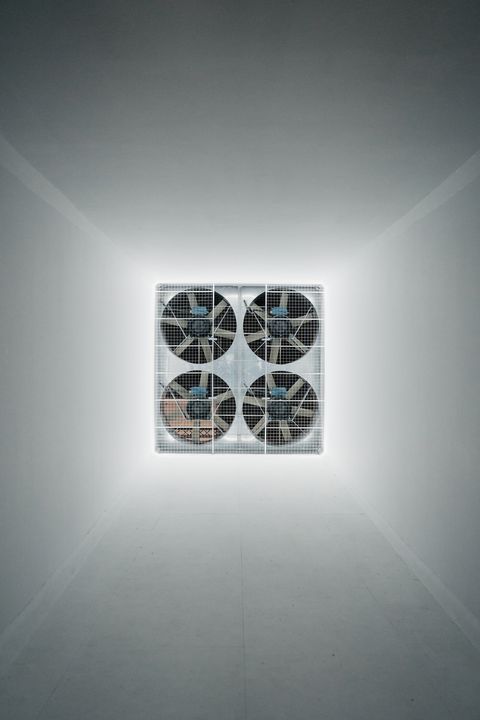
5. Wind Tunnel Validation
At Bike Valley, we have access to our own state-of-the-art high-tech wind tunnel, which we use to thoroughly test a bike. Here, we expose the bike to wind speeds of up to 108 kilometers per hour, enabling us to build the most efficient machine for any terrain.

6. Field Validation
The first bikes underwent extensive testing by a group of experienced riders. After each ride, they shared their findings with the aero engineers via a QR code, allowing for further adjustments where necessary.



